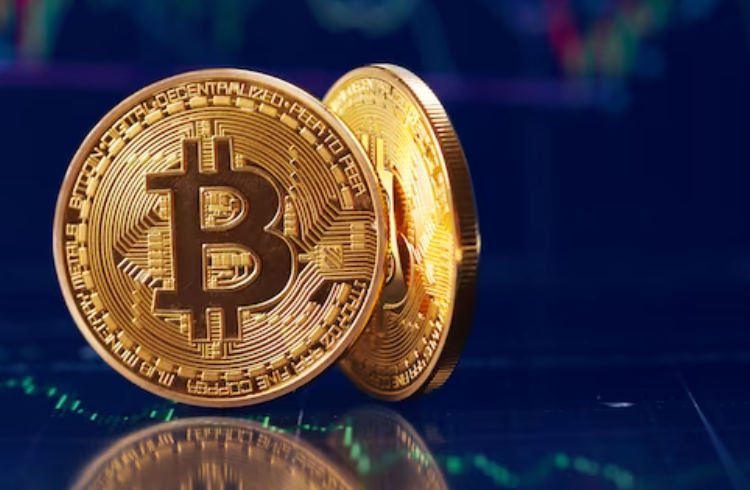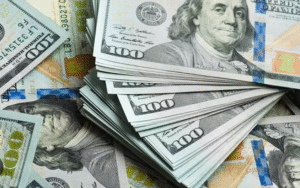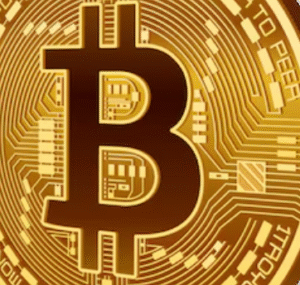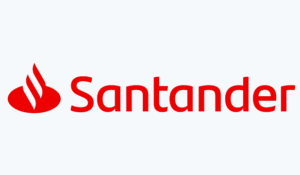$RTX $BA $BTC
#NATO #UkraineCrisis #DefenseStocks #MilitaryAid #RussiaUkraineWar #GlobalEconomy #Geopolitics #AirDefense #EnergyInfrastructure #DroneAttacks #CryptoMarket #EuropeanMarkets
NATO leaders are rapidly mobilizing efforts to secure Ukraine’s critical infrastructure as escalating missile and drone strikes from Russia wreak havoc on cities and energy systems. Speaking on December 4, NATO Secretary General Mark Rutte underscored that safeguarding Ukraine’s infrastructure stands as a top priority in the alliance’s strategic agenda. The commitment to fortify Ukraine’s defenses was discussed during a high-level summit of foreign ministers representing the 32-nation coalition. Key points included expanding Ukraine’s arsenal of air defense systems, a move that directly supports efforts already underway to sustain the war-torn nation. This development is expected to benefit defense contractors, with companies like Raytheon Technologies ($RTX) and Boeing ($BA) likely seeing increased demand for their advanced military technologies.
Ukraine’s battered infrastructure has not only exposed its vulnerability but has also sent jitters through global energy markets, bringing additional uncertainty to already volatile economic conditions. Russian missiles have targeted energy grids, leaving cities without power and intensifying fears of a harsh winter for Ukrainians. Investors across European markets are keeping a close eye on developments, as surging military support could simultaneously boost defense stocks and strain government budgets. European currencies, particularly the euro, are also susceptible to fluctuations as the continent responds to more aggressive scenarios. Cryptocurrencies like Bitcoin ($BTC) have experienced a slight uptick as geopolitical tensions drive global interest in decentralized assets, which tend to rise in troubled markets as safe-haven options.
The financial implications extend beyond defense, as the destruction of Ukraine’s energy infrastructure raises serious questions about supply chain resilience and economic fallout across Europe. Russia’s targeting of power grids could disrupt energy routes into the EU, expanding concerns over reliance on alternative sources and triggering potential price increases in natural gas. Although NATO’s renewed show of solidarity suggests Ukraine will receive enhanced military and financial backing, governments will face mounting pressure to fund these initiatives amid fears of budgetary constraints. Defense-related ETFs and sector indices could gain momentum as investors anticipate higher military expenditures, but broader equity markets might face headwinds if geopolitical risks further escalate.
As the gathering of NATO foreign ministers wraps up, the international spotlight remains on the urgent measures needed to stabilize Ukraine’s physical and economic wellbeing. Market watchers will be closely monitoring defense-related contracts, including renewals or expansions of deals with major industry players. Meanwhile, Ukraine’s call for swifter action reflects broader apprehensions about its ability to endure prolonged assaults as winter approaches. Emerging markets, particularly in Eastern Europe, may feel the ripple effects of increased tensions, while cryptocurrencies could see intermittent price gains as investors explore diversified holdings amid heightened geopolitical stress. For now, the markets are walking a tightrope between uncertainty and cautious optimism.











Comments are closed.